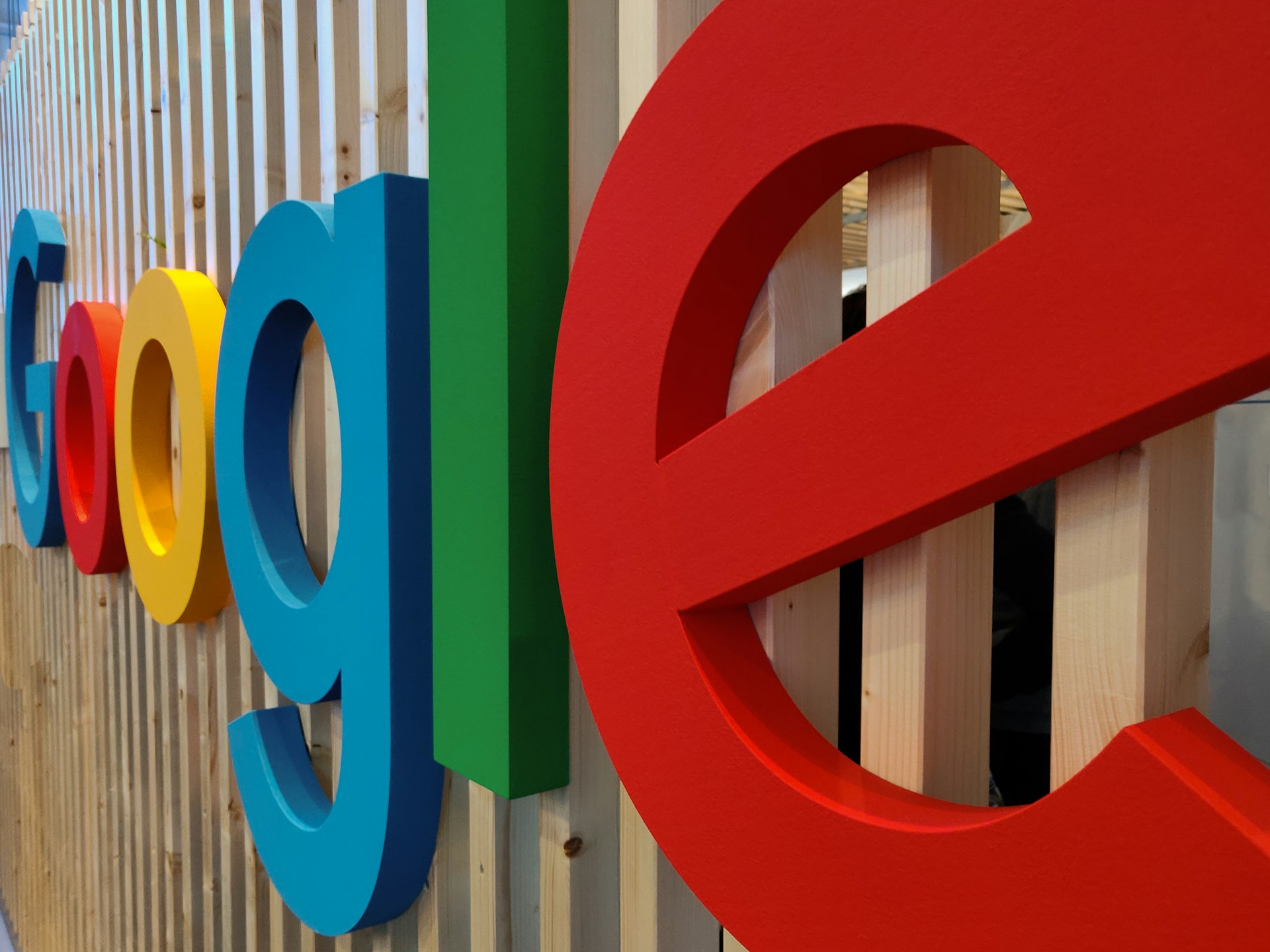Unlocking Student Engagement and Literacy through Digital Storytelling in Education

Photo by Yle Archives on Unsplash
Introduction: The Evolution of Storytelling in Education
Storytelling has always been a powerful vehicle for learning. In the digital age, digital storytelling redefines how students communicate, collaborate, and engage with content. By leveraging multimedia-video, audio, images, and interactive platforms-educators can foster deeper connections, encourage creative expression, and equip students with the skills needed for success in a rapidly changing world [1] .
What is Digital Storytelling?
Digital storytelling integrates traditional narrative techniques with digital technologies. Students use multimedia tools to craft stories that combine written text, visuals, audio, and interactivity. This approach moves beyond static assignments, allowing for dynamic, meaningful expression that resonates with diverse audiences [2] .
Key Benefits of Digital Storytelling in Education
Digital storytelling offers a range of benefits for both students and educators:
- Redefines Literacy: Literacy now encompasses digital, visual, and cultural competencies. Students learn to communicate ideas through multiple modes, reflecting modern communication needs [1] .
- Boosts Engagement: Multimedia projects are more engaging than paper-based assignments, leading to improved motivation and deeper learning [5] .
- Develops Communication Skills: Students organize ideas, ask questions, and present narratives using a combination of text, visuals, and sound [4] .
- Promotes Collaboration: Group projects foster teamwork, allowing students to share ideas and learn from one another in digital environments [2] .
- Enhances Technical Skills: Students gain proficiency with video editing, design tools, and online platforms-skills essential for the modern workplace [3] .
- Supports Equitable Assessment: Digital stories allow for diverse forms of expression, making assessment fairer and more inclusive [1] .
- Builds Social Emotional Learning: Sharing stories helps students understand and empathize with different perspectives, supporting social-emotional growth [3] .
Real-World Examples and Case Studies
Several educational projects showcase the impact of digital storytelling:
- Hungarian Folk Hero Project: Primary school students across Hungary wrote and illustrated stories about a folk hero, then presented their work in a joint virtual exhibition. This allowed for collaboration and cultural exchange [2] .
- University of Central Lancashire Case Study: Students created visual stories compiled into a virtual exhibition, demonstrating how digital storytelling connects learners and allows for creative exploration [2] .
Step-by-Step Implementation Guide for Educators
To integrate digital storytelling into your curriculum, consider the following steps:
- Define Objectives and Outcomes: Identify the skills and learning outcomes you want to achieve, such as improving literacy, collaboration, or technical proficiency.
- Select Appropriate Tools: Choose platforms and software that suit your students’ age and skill level. Examples include ThingLink, Adobe Spark, or iMovie. Always verify access and privacy policies before implementation.
- Introduce the Seven Elements of Digital Storytelling: Teach students the basics-point of view, dramatic question, emotional content, gift of voice, soundtrack, economy, and pacing [4] .
- Plan and Storyboard: Guide students in brainstorming ideas, planning their narrative, and outlining multimedia elements.
- Produce and Edit: Provide time for students to create their stories, encouraging peer review and refinement.
- Share and Reflect: Publish stories on secure platforms, share with classmates or global audiences, and hold reflection sessions to discuss lessons learned.
- Assess and Celebrate: Use rubrics that value creativity, collaboration, and technical skill. Celebrate achievements through showcases or exhibitions.
If you are unsure which tool to use, consult your school’s technology coordinator or search for “digital storytelling platforms for education” on reputable educational technology sites.

Photo by Katie Franklin on Unsplash
Potential Challenges and Solutions
Adopting digital storytelling may pose certain challenges:
- Access to Technology: Not all students have equal access to devices or internet. Schools can address this by providing shared devices, using offline tools, or scheduling access in computer labs.
- Privacy and Safety: Ensure student work is shared only on secure, approved platforms. Always obtain parental consent for public sharing.
- Technical Skill Gaps: Offer introductory workshops or tutorials to build confidence. Peer mentoring can also be effective.
- Time Constraints: Integrate storytelling into existing assignments to maximize efficiency. Collaborative projects can distribute workload.
For support, educators can join professional learning communities or consult organizations such as ASCD and Edutopia for best practices [1] , [5] .
Alternative Approaches to Digital Storytelling
While multimedia projects are popular, alternative methods include:
- Podcasting: Students record audio stories or interviews, building speaking and listening skills.
- Interactive Timelines: Use tools like TimelineJS to create historical narratives.
- Digital Comics: Platforms such as Pixton enable students to create visual stories using comic book formats.
Educators can tailor approaches to fit curricular goals and student interests.
How to Access Resources and Get Started
To begin integrating digital storytelling in your classroom, you may:
- Consult your school’s instructional technology specialist for recommended platforms and training.
- Search for professional development workshops on digital storytelling from reputable organizations such as ASCD and EdTechTeacher.
- Review case studies and implementation guides on established educational blogs and educational technology sites.
- Explore free resources and tutorials provided by platforms like ThingLink and Edutopia.
When seeking external support or guidance, always verify the legitimacy of the source by checking for .edu, .org, or other established domain extensions. If uncertain, use official search engines or contact recognized educational organizations directly.
Conclusion: Digital Storytelling as a Transformative Force
Digital storytelling is more than a classroom project-it’s a framework for cultivating essential skills, promoting engagement, and fostering equitable learning opportunities. By embracing digital storytelling, educators empower students to connect, create, and communicate in ways that prepare them for success in school and beyond.
References
- [1] ASCD (2023). The Power of Digital Storytelling.
- [2] ThingLink (2024). What is Digital Storytelling and How to Use it in the Most Powerful Way.
- [3] EdTechTeacher (2024). 10 Powerful Benefits of Digital Storytelling.
- [4] ERIC (2015). Integrate Digital Storytelling in Education.
- [5] Edutopia (2016). The Power of Digital Story.



